The history of our museum
A museum is nothing without the public
And just as the people coming through our doors today are very different to our first visitors, our Museum, too, has changed immeasurably. Here we take a look back at how our galleries, exhibitions and educational activities have grown.
Our Museum has always left an impression on our audiences. Visitors to the Royal Museum of Natural History in 1846 came to see exotic animals at a time when international travel was the privilege of the rich. They found themselves surrounded by specimens they could only dream of seeing in real life: a stuffed polar bear, a black panther from Java and exotic fish preserved in alcohol. A guidebook from the time informs us that the cabinet was "well supplied in rare and curious objects" that would have intrigued and fascinated visitors.
As the Museum’s collection grew, it started to be perceived less as a curiosity cabinet and more as a place to engage with a range of natural sciences. In 1875 the Museum opened two new galleries in the Palace of Nassau to host the vertebrate collections. All sections of the Museum’s collection could finally be visited, with all specimens labelled and located on geographical and geological maps. And the public came in great numbers to see them: around 100,000 per year. Not bad, considering the population of Brussels was only around 170,000 people at the time.
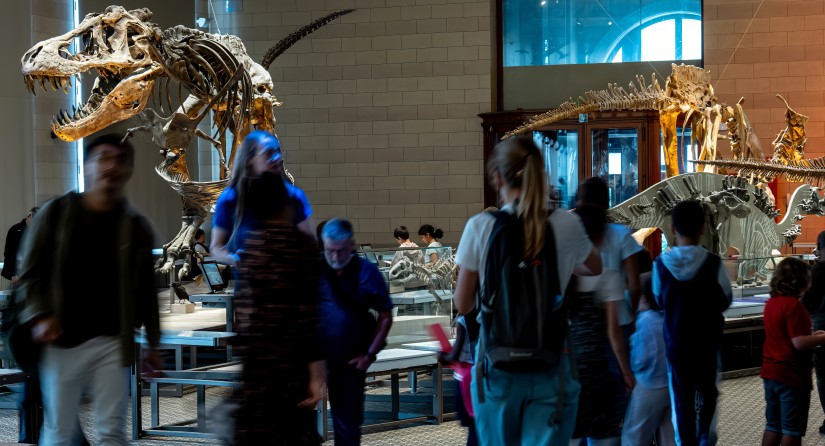
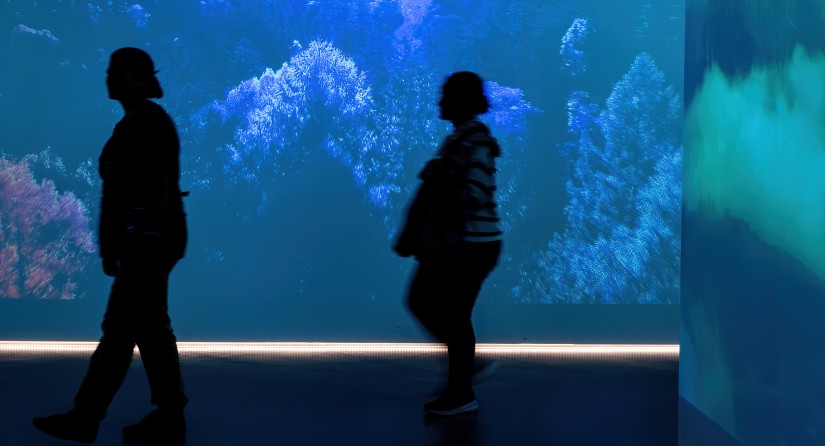
Our educational service is born
As the 20th century dawned, expectations around museums were changing. The arrival of Gustave Gilson as director in 1909 marked a turning point for the Museum. Gilson was a zoologist with a vision for how museology could engage the public in science. He planted the seeds for the Museum’s education service, pointing out that the public has the right to an explanation of the meaning and value of the displayed specimens and that it was not enough to simply label them.
And so in the early 1930s, the Museum’s educational service took shape. It modelled itself on those of the Royal Museums of Art and the Museums of Art and History, focusing initially on guided tours for groups of schoolchildren. Little by little, the service’s role grew, ensuring bilingual explanatory notes, guide books and publications aimed at a broad audience. Soon it also offered conferences for primary school teachers, nature walks for adults, radio talks and educational packages for guided visits.
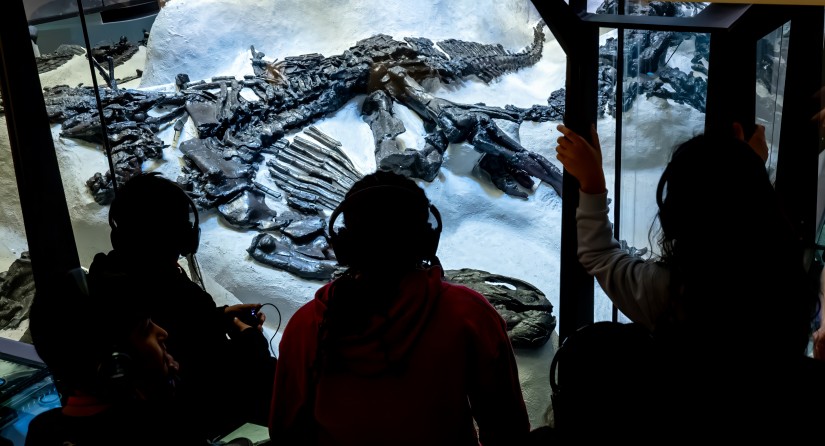
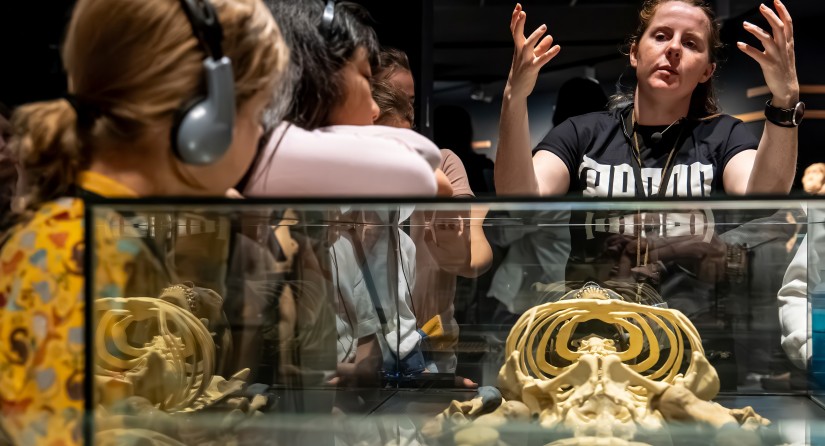
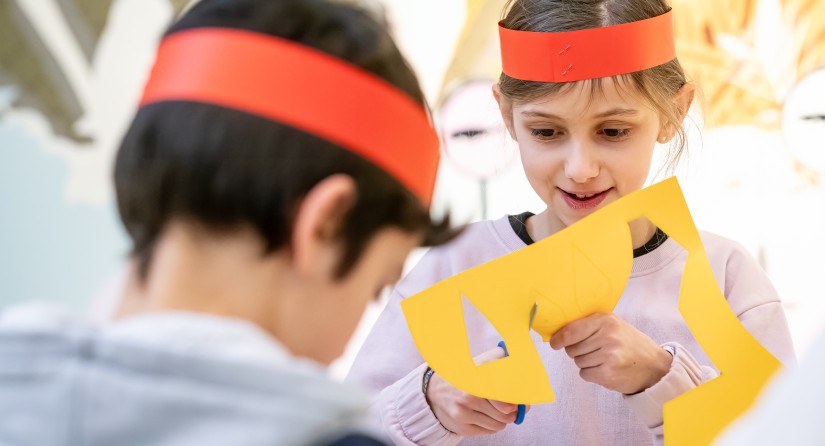
Fresh approaches, fresh opportunities
In Belgium in the 1980s, academics were coming up with new ways of engaging people in science. This came during a fresh wave of activity for our Museum’s education service. The Museum launched workshops that invited children to discover scientific research and nature through playful methods: games, activities and colourful characters to appeal to young minds keen to learn about science.
In the same period, economic and political shifts were taking their toll on federal finances, and the Museum began to turn to the private sector for new funding opportunities. A partnership in the early 1980s with “Generale Bank” (now BNP Paribas Fortis) opened the door to corporate sponsorship of major exhibitions, bringing significantly greater budgets
This made it possible to bring our exhibits to life: in 1989 our Museum welcomed gigantic moving dinosaurs from US animatronics company Dinamation International. And with them our annual visitors reached 600,000 in total – four years before Jurassic Park even reached cinemas – marking a huge uptick in our numbers.
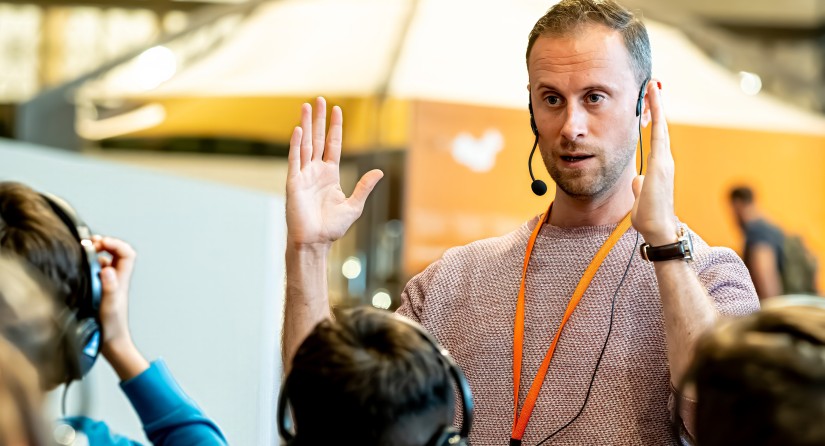
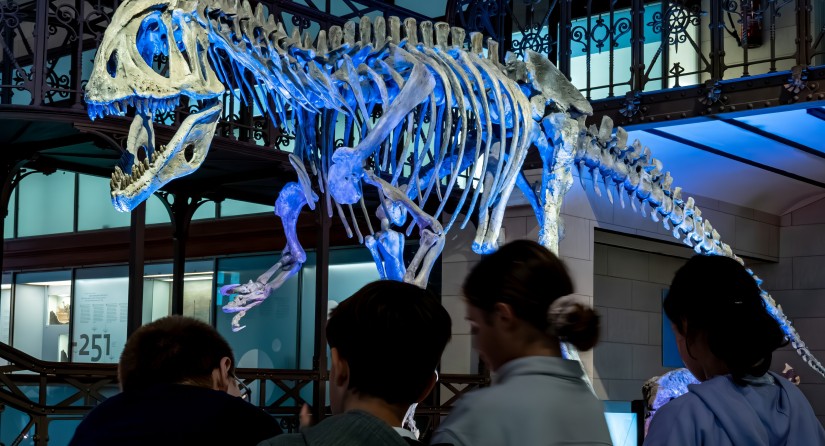
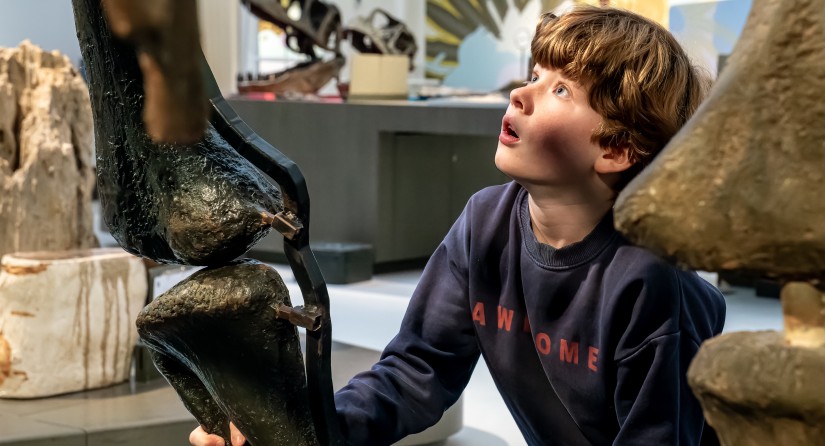
Working with our European neighbours
And it was not only corporate partnerships that were on the increase: cooperation with other European museums began to flourish too. In 1989, the Institute became a founding partner of Ecsite, the European Network of Science Centres and Museums. All European institutions were facing similar challenges: how could we deliver high quality, innovative, participatory exhibitions in the face of budget cuts, and make the most of our wealth of collections and expertise?
The solution was to work together. Our Museum teamed up with Naturalis in Leiden, Netherlands, and the National Museum of Natural History in Paris, France to develop an exhibition together. In 2004, Fatal Attraction opened its doors: our first co-production exploring courtship in the animal world. Its launch was attended by colleagues from a Canadian museum who then joined the list of institutions that hosted our exhibition as it travelled the globe.
Roaring into the modern age
The rise of multimedia and digital in the 90s and 2000s came at a time of acceleration for the museum. Our exhibitions and galleries grew rapidly in number and scale but also in interactivity. Touchscreens and mobile technology brought about new ways of engaging with visitors. And at a time when the notion of inclusion came into the spotlight, the museum continued to adapt its programme, focusing on accessibility for an increasingly diverse range of visitors.
When our museum had to close due to COVID, we were able to quickly adapt our online offer, featuring a wealth of podcasts, videos and virtual visits and further building our strong social media presence. In 2020, when we finally reopened, the launch of our Living Planet gallery marked another crucial milestone in the museum’s history: the first time all halls were open to the public, almost entirely in four languages, complete with full online ticketing system. And while the profile of our visitors continues to change, we hope to maintain the sense of wonder that people have always felt when entering our galleries for the first time.